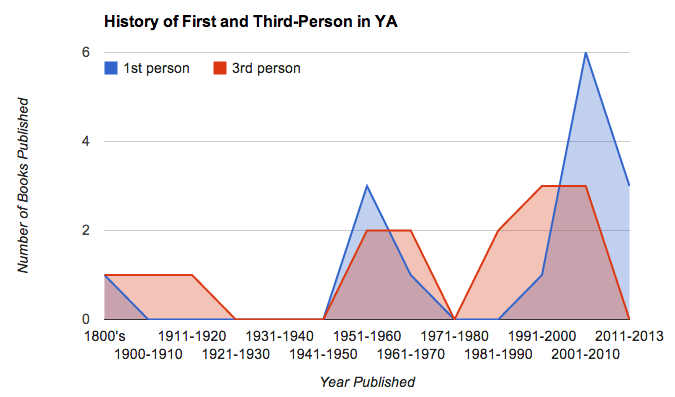Letting your character take control is essential to maintain the illusion that the events in your story are real. Yes, every story is an illusion and what makes it believable are the details as perceived by the character. When writing a representational story (where the writer never addresses the audience), you will need to let the character not only tell but experience story events in their fullest. That experience becomes believable to the reader when the characters actions, reactions, thoughts and perceptions feel genuine. The only way to make that happen is to let your character take control.
Letting your character take control doesn’t mean the story will run afoul and destroy your plot – it’s about enhancing the plot by making it and your character feel real and not contrived. It is about choosing and placing the important details. It’s about the details that make him tick, that color his world, that give him motive and have created his common sense and hence his intuition.
There are three things you can do to let your character take control effectively:
1. Understand how a character perceives and relates to his world
- Physically through the five senses of touch, taste, smell, sight and sound.
- Common sense which integrates what we’ve experienced through the five senses. It also helps us see the patterns in our life.
- Intuition which recognizes the patterns in our lives and allows us to see or project where those patterns may lead us. Your character makes decisions for a reason which must feel genuine to the reader.Emotions which build upon experience and learning and provide a basis for motive and motivation.
- Emotion is a reaction and colors how information is integrated. For example, a character may react to a strict upbringing by either always being afraid and leery of authority, or may have a total disregard for it. Either way, this will affect how he reacts in specific instances, the words he uses (metaphors) to describe places, people and events.
| … larger than life characters … have a sense of self regard. Their emotions matter to them. They do not dismiss what they experience. They embrace life. They wonder about their responses to events and what such responses mean. They take themselves seriously…Writing the Breakout Novel by Donald Maass |
As your character lives in his world, he’ll perceive it through is senses, color his experience with his emotions, use his version of common sense and apply his intuition to move forward. When he does this successfully, he’ll be in control, his responses genuine and readers will love him for it.
2. Explore your character
This goes beyond the standard descriptions some writing advice advocates. As Les Edgerton points out in Hooked, a character’s physical description – unless markedly different from the norm – does relatively little to draw the reader in. A character doesn’t usually describe himself. He may describe someone else which in turns grounds the reader. But HOW he describes someone or the scenery around him tells us a lot about him and the lens through which he sees the world. He may even have physical reactions such as running his fingers though his hair when he sees someone’s unkempt hair or a desire to vomit at a certain smell. Thus, you can show rather than tell when you know your character well and you let him take control.
| …possibilities only emerge when we demand more from the idea, when we ask more why and what result questions. Characters & Viewpoint by Orson Scott Card |
The easiest way to do this is to write a detailed background history for your character as if you were there. As you get to know his trials and tribulations, the major influences in his life, his fears and desires and yes, even the little things that comforted him, it will become easier to show him in a genuine and full way because the all the important WHY questions become answered. Why does he do that? Why does he feel that? Why wouldn’t he…? Why, if he’s in a responsible position, acting irresponsibly? Why is he so caring about x and then so obtuse and mean about y?
3. Use the things you know about your character against him.
This puts him in a situation which shows who he is and compels him to act (whether running to or from the situation). If your character takes control of the story, his reactions may surprise you. The added benefit is that it cures your writing of the murky-middle syndrome. Often times I’ll ask my character what he sees and how he feels about things. Between his perceptions and his gut reaction, the story moves forward and I have little work to do except to write.
| Fictional Characters come to life by giving them individual traits, real weaknesses and heroic qualities that readers can recognize and empathize with. You play these against each other to achieve drama. For instance, a man who is afraid of heights but who must climb a mountain to save his love. The Fiction Writer by Nina Munteanu |
In his book, Writing Fiction for Dummies, Randy Ingermanson sums up why you should let your character take control: A character’s past determines what sort of person you have coming into the story. The past is only the imperfect guide to the future, though. Your character has a free will and can choose to break loose from his past and pursue a new future. But will he succeed? Your goal as a novelist is to make it plausible that he might without making it a certainty.
When you know your character this well, he’ll control the story without you losing control.
Happy Writing!

